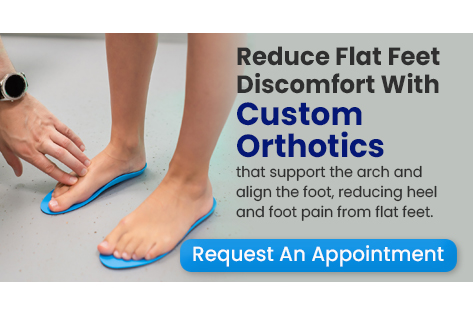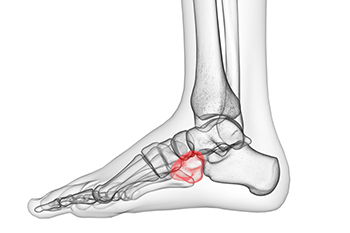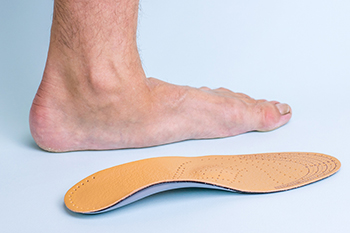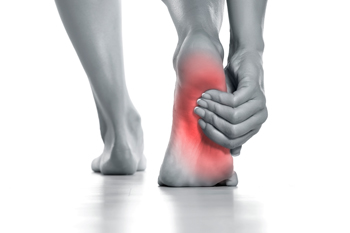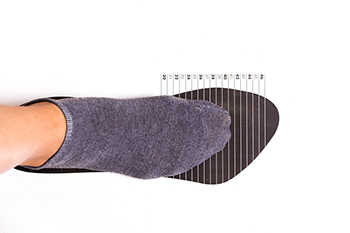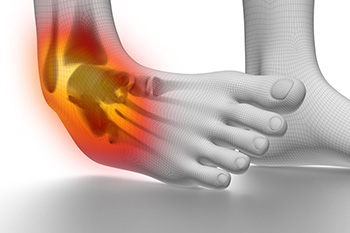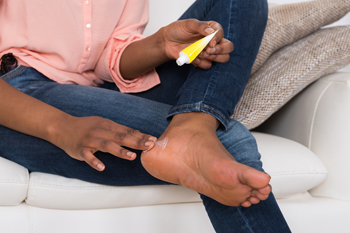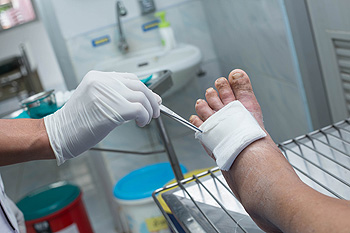
Diabetic foot ulcers are open wounds that develop on the feet, toes, or ankles due to reduced blood flow and nerve damage caused by diabetes. Diabetic foot ulcers are often painless, which means patients may not realize they have one until it becomes infected. Infections can spread quickly into deeper tissue, increasing the risk of bone involvement or even sepsis. Poor circulation slows the healing process, making these ulcers harder to treat. A podiatrist can help by assessing the severity of the ulcer, cleaning the wound, and applying protective dressings to reduce infection risk. In some cases, patients may need pressure-relieving footwear, a cast, or surgery to remove damaged tissue. Infected ulcers often require antibiotics, and severe infections may need hospital care. Regular foot care is important to avoid complications from diabetic foot ulcers. If you have foot ulcers as a result of diabetes, it is suggested that you are under the care of a podiatrist for ongoing treatment.
Diabetic foot care is important in preventing foot ailments such as ulcers. If you are suffering from diabetes or have any other concerns about your feet, contact one of our podiatrists from Biebel & DeCotiis Podiatry Associates. Our doctors can provide the care you need to keep you pain-free and on your feet.
Diabetic Foot Care
Diabetes affects millions of people every year. The condition can damage blood vessels in many parts of the body, especially the feet. Because of this, taking care of your feet is essential if you have diabetes, and having a podiatrist help monitor your foot health is highly recommended.
The Importance of Caring for Your Feet
- Routinely inspect your feet for bruises or sores.
- Wear socks that fit your feet comfortably.
- Wear comfortable shoes that provide adequate support.
Patients with diabetes should have their doctor monitor their blood levels, as blood sugar levels play such a huge role in diabetic care. Monitoring these levels on a regular basis is highly advised.
It is always best to inform your healthcare professional of any concerns you may have regarding your feet, especially for diabetic patients. Early treatment and routine foot examinations are keys to maintaining proper health, especially because severe complications can arise if proper treatment is not applied.
If you have any questions please feel free to contact one of our offices located in Holmdel and Middletown, NJ . We offer the newest diagnostic and treatment technologies for all your foot and ankle needs.
